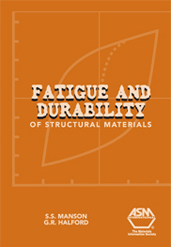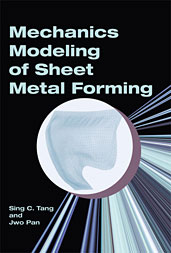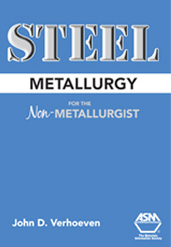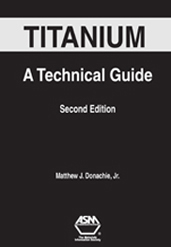Book

Autonomous Technologies: Applications That Matter
2014-09-03
Over the years, the DARPA Challenges in the United States have galvanized interest in autonomous cars, making them a real possibility in the mind of the public, but autonomous and unmanned vehicles have been increasingly employed in many roles on land, in the water, and in the air. Military applications have received a great deal of attention, with weaponized unmanned aircraft (drones) being the most prominent. However, unmanned vehicles with varying degrees of autonomy already have many civilian applications. Some of these are quite familiar (such as the Roomba autonomous vacuum cleaner), while others remain largely out of the public eye (such as autonomous farm equipment). Additional applications and more capable vehicles are rapidly coming to the markets in the years ahead. This book examines a number of economically important areas in which unmanned and autonomous vehicles, also understood here as autonomous technologies, are already used or soon will be.












